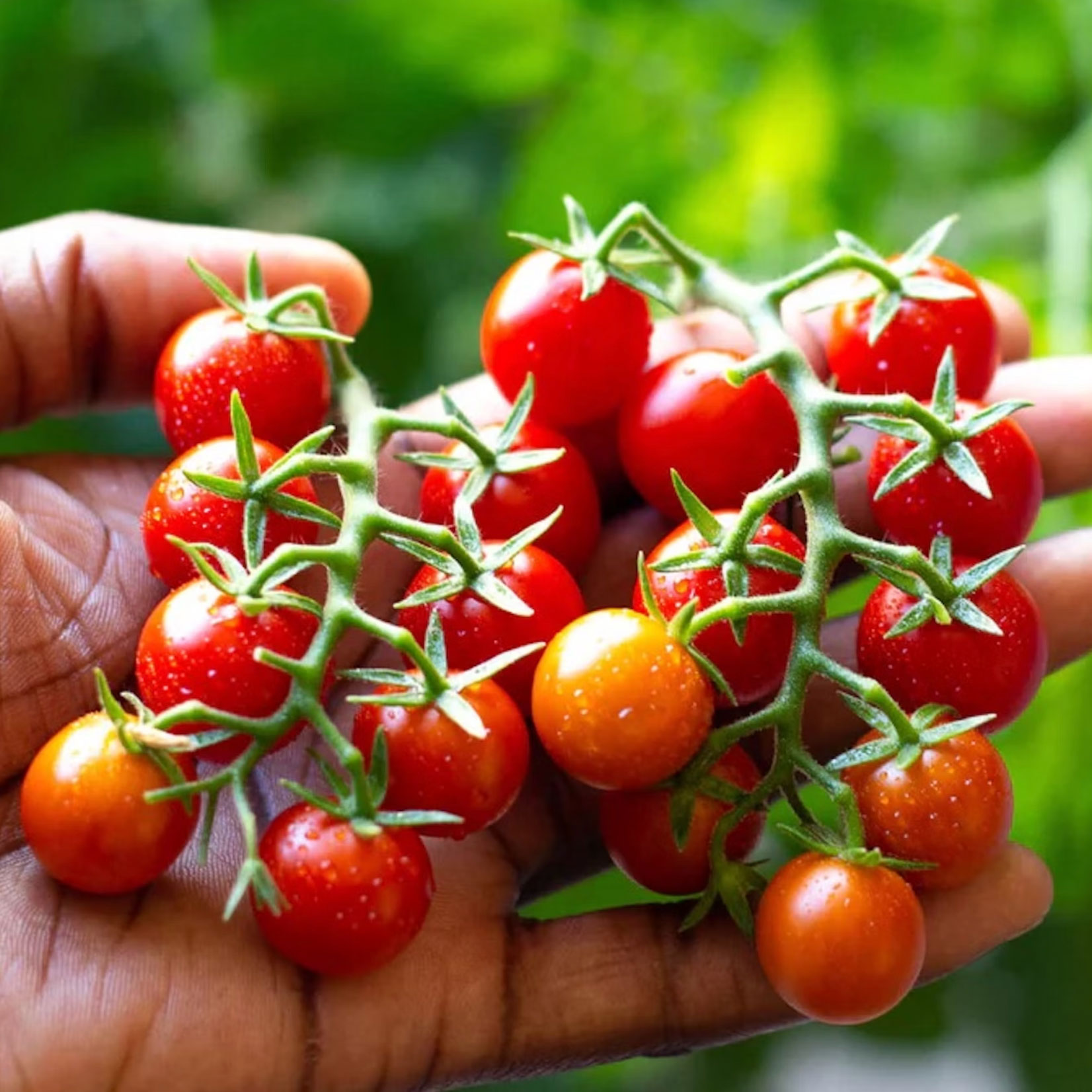Determinate vs Indeterminate Tomatoes: What’s The Difference And Which Should You Grow?
Whether to grow determinate or indeterminate tomatoes depends on your growing space, climate, and what you want to use them for. Find out which is best for you.
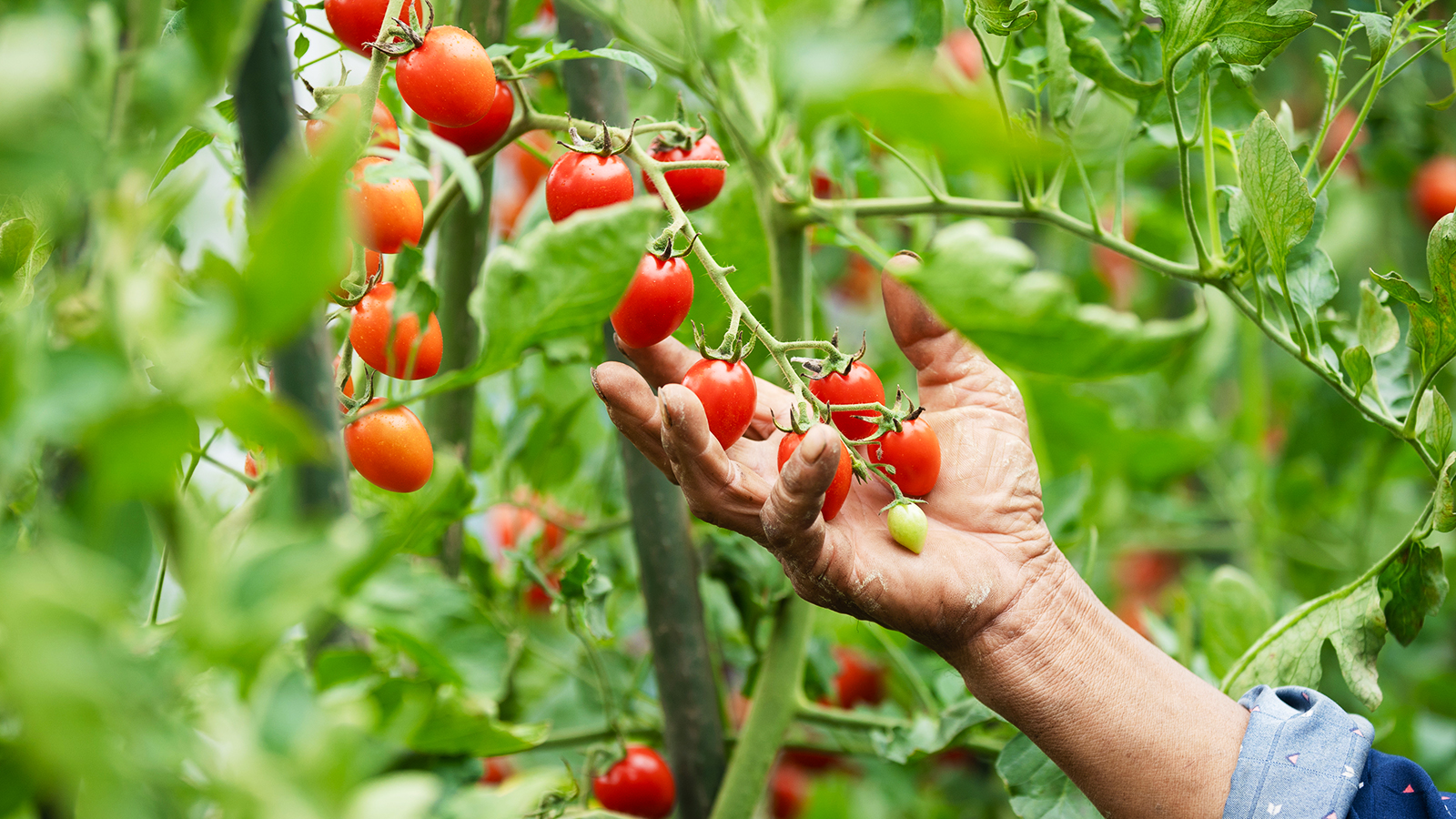

Melanie Griffiths
Tomatoes are one of the most popular crops for home gardens, but with over 10,000 varieties, how do you decide which ones to grow? To narrow things down, all tomatoes are categorized as either determinate or indeterminate tomatoes, depending on their growth habits and cropping duration. Once you know their characteristics, it's easy to tell the difference.
Before choosing varieties based on their fruit size and flavor profile, you need to establish the best types of tomatoes for your growing situation. This depends upon their intended use, your available space, and the length of your growing season. Whether or not tomatoes are determinate or indeterminate impacts all of these factors, and if you are a beginner learning how to grow tomatoes, you need to understand why it matters.
What’s the Difference Between Determinate and Indeterminate Tomatoes?
Indeterminate tomatoes – also known as vining or cordon tomatoes – make up the largest group, including most heirloom tomatoes. They have a vining growth habit and produce tall stems 6 to 20 feet (2 to 6m) in height, although they can be pruned to retard their size. Most gardeners train indeterminite tomatoes by removing side shoots – or "suckers" – focusing on one central stem for maximum fruit production. Due to their height, indeterminate tomatoes need to be supported through caging, staking, or trellising.
An important characteristic of indeterminate tomatoes is that they continue to fruit throughout the growing season. They only stop producing when the seasons change and a frost kills off the plant. This means that an indeterminate variety of tomato may be blooming and in fruit at the same time. It's the ideal variety to grow if you want to harvest little and often for sandwiches and salads.
Determinant tomatoes are more bushy and compact, making them perfect for smaller spaces and for growing tomatoes in containers. This type should be left unpruned or fruit productivity will be much reduced.
The plants stop growing once they set fruit, producing their entire crop over a short period – around two weeks. The fruits tend to ripen early, which makes them ideal for short growing seasons. Determinate tomatoes are the best choice where a glut is preferred for making sauces and canning.
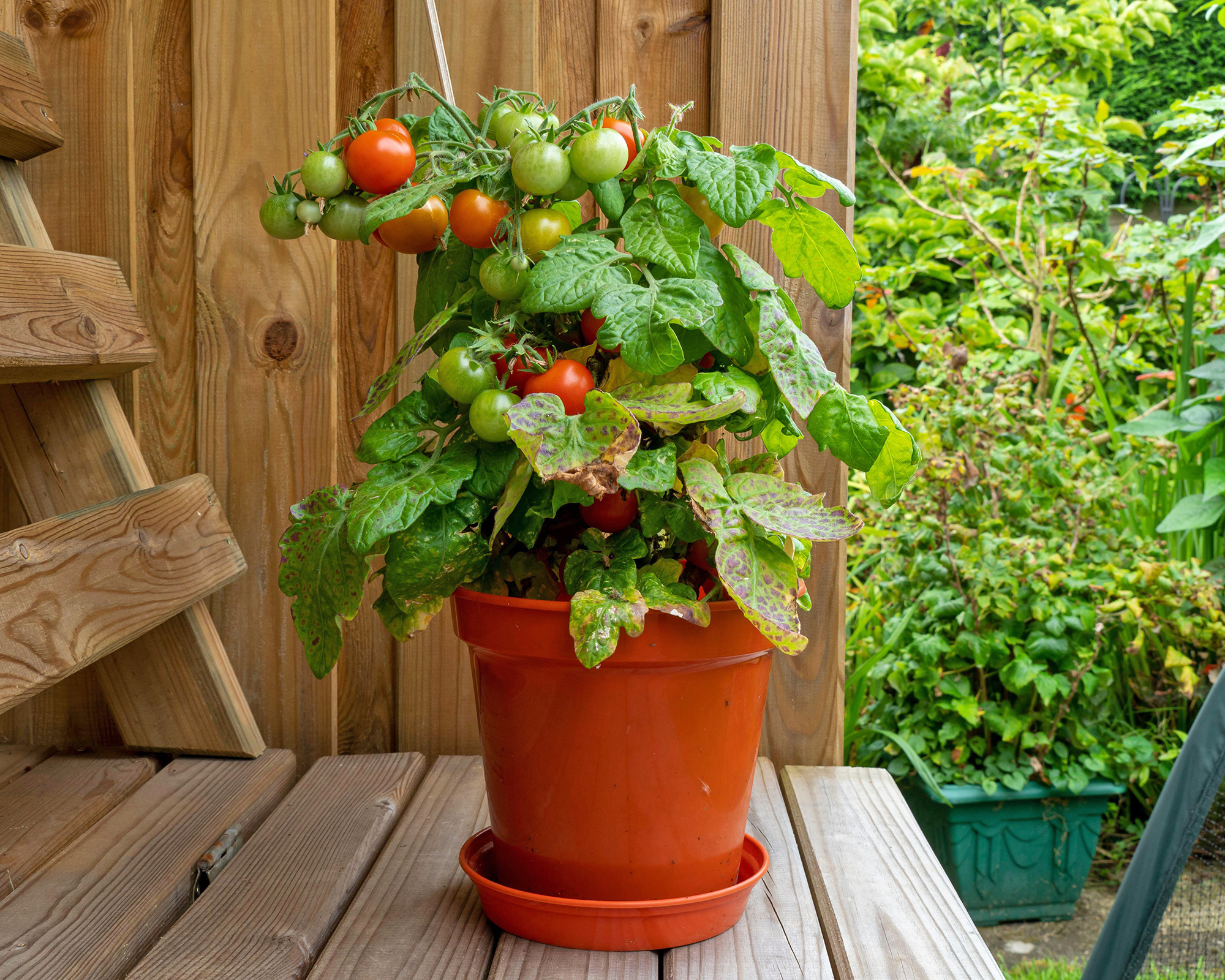
How to Tell if a Tomato Plant is Determinate or Indeterminate
If the seed packet information or tomato plant label does not specify determinate or indeterminate, how do you tell the difference? Size is the biggest clue. If the plant says it is a bush variety, it is determinate. If the information states the plant is vining or will grow to over 6 feet, you have an indeterminate variety.
Sign up for the Gardening Know How newsletter today and receive a free copy of our e-book "How to Grow Delicious Tomatoes".
If the tomato is an heirloom, you probably have an indeterminate variety, as only a small number of heirlooms are determinate.
When you look at the tallest stem of the plant, if it has flower buds or blooms, it is probably a determinant type of tomato. If the growing tip is devoid of blooms, it's likely an indeterminate tomato.
How to Choose the Right Type for Your Garden
Many gardeners believe that the flavor and variety of indeterminate tomatoes makes them better than determinate tomatoes. However, the choice really comes down to what you want and need out of a tomato. Consider your available space, the amount of maintenance you’re willing to put into the plant, and what your primary use for the fruit is.
As mentioned, determinant types of tomato work well for those with a smaller garden area or those looking to choose the best tomatoes for containers. Since they ripen all at one time, they are better for those who wish to can or freeze the fruit for later use.
Indeterminate tomatoes are great for those who want to harvest slowly over a long period of time. This type of tomato is more likely to be eaten fresh. That said, if you grow indeterminate tomatoes, you will need more garden space with room for a trellis or other support structure. Indeterminate tomatoes can be grown in containers if adequate support is provided.
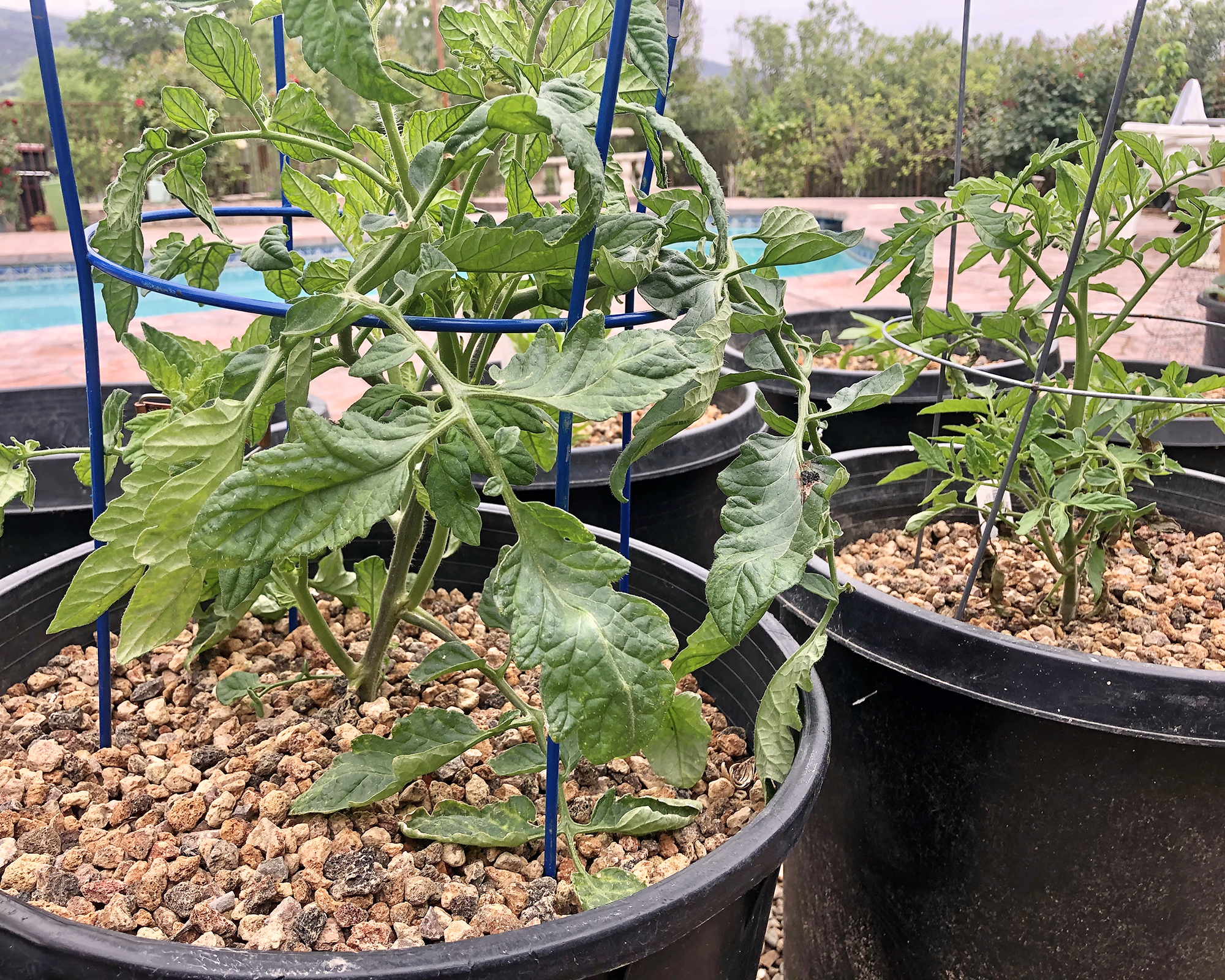
What About Semi-Determinate Tomatoes?
As producers continue to tinker with tomato breeding, the lines between determinant and indeterminate tomatoes are becoming blurred. Today, there are some varieties of tomato that exist in both worlds, termed semi-determinate tomatoes.
Semi-determinate tomatoes fall somewhere between the two main types. This means they grow taller than determinant varieties but remain more compact than indeterminate types. They also produce fruit throughout the growing season rather than all at once as determinant types do.
Does it Affect Variety Selection?
All tomatoes are either determinant or indeterminate, with the exception of a few that are starting to be referred to as semi-determinant.
Indeterminate varieties include most heirlooms, beefsteak tomatoes, and cherry tomatoes, with some exceptions. Notable indeterminiate tomatoes include Black Krim, Apero cherry, Beefmaster, Brandywine, Green Zebra, Gurney’s Girl, Yellow Pear, San Marzano, Better Boy, and Early Girl.
Determinate tomato varieties can be any type, but many plum tomatoes, including Roma, fall into this category. Other popular varieties to try are Bush Early Girl, Rosella Purple, and dwarf tomatoes like Tasmanian Chocolate or micro dwarfs like Red Robin, Patio Yellow, and Tiny Tim.
Semi-determinate tomatoes include Celebrity, Ace, Alaskan Fancy, Seiger, Ten Fingers of Naples, or Piennolo del Vesuvio tomatoes.
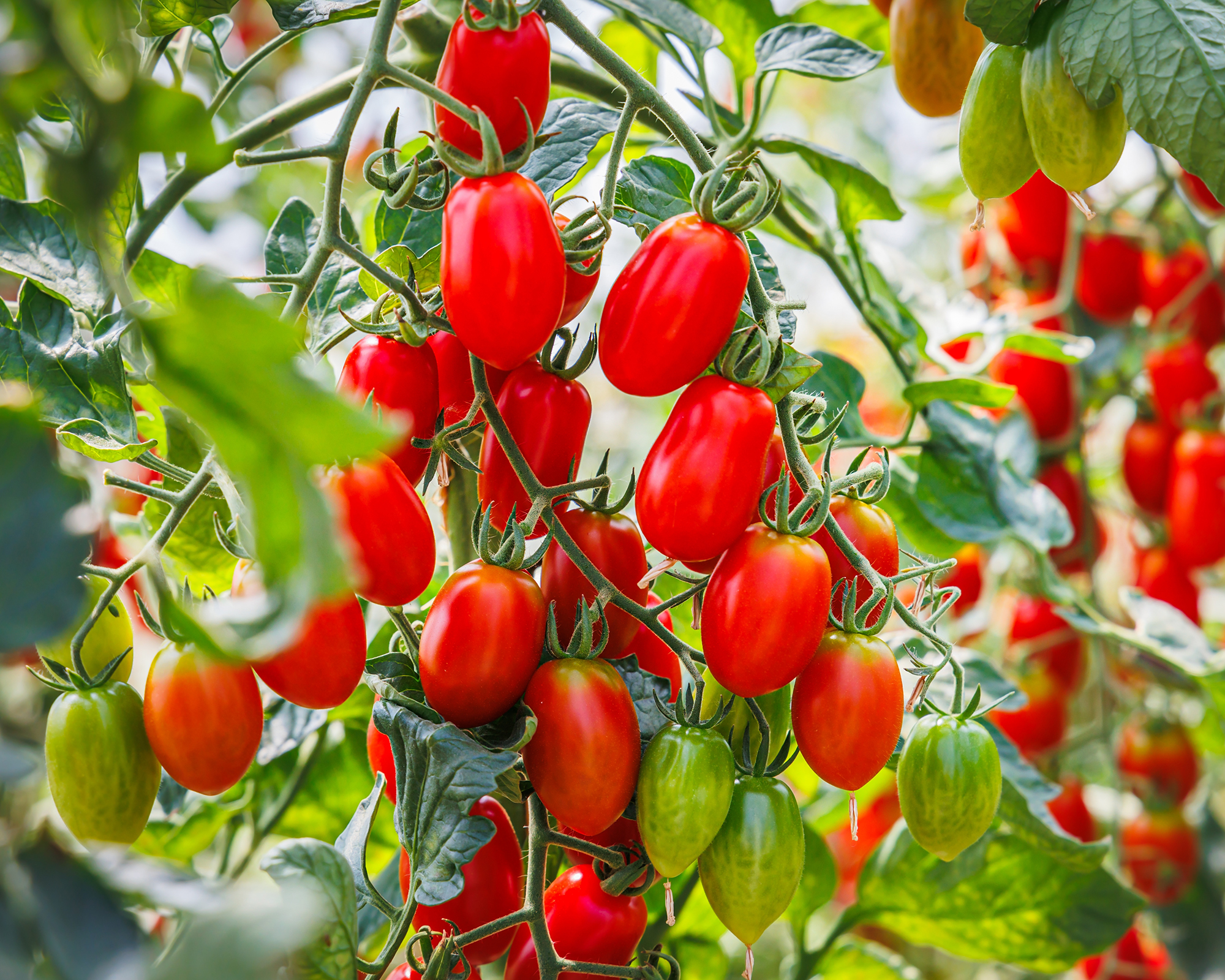
Determinate vs Indeterminate Tomatoes Care
Because of their difference in size and fruit timing, you should treat indeterminate tomatoes differently than determinate varieties. Proper care will ensure you get the highest fruit yield possible.
- Pruning
For the most part, determinant tomatoes are lower maintenance than indeterminate. They do not need to be pruned like their counterparts. Growers of indeterminate tomatoes will need to learn how to prune tomatoes the right way to maintain size and encourage fruit production. - Staking and Support
Supporting tomatoes through staking, a cage, or a trellis is necessary for indeterminate varieties, while it is not always required for determinate types. In general, determinate tomatoes are much more compact than indeterminate varieties. However, some grow more vigorously than others and will require support for heavily laden branches. - Water and Fertilizer Needs
Because indeterminate tomatoes produce throughout the long growing season rather than all at once, they require more water and fertilizer than determinate varieties. How often to water tomatoes will, however, vary depending on the climate and whether they are grown in containers. While fertilizing tomatoes is necessary for all types, indeterminate tomatoes need fertilization more frequently than determinate. - Harvesting
When to pick tomatoes depends on the type grown. Determinate tomatoes can be harvested over a short period, and then you’re done. Indeterminate tomatoes are harvested over the summer months into fall if frost doesn’t kill the plant first.
More Tomato Growing Inpsiration
- Follow our step-by-step guide to starting tomato seeds indoors. Getting a head start will ensure an extended growing season.
- Looking for the perfect tomato container? Our stylish EZ Self-Watering Tomato Planter features a built-in trellis and wheels, for the ultimate versatility.
- Discover the best herbs to plant with tomatoes. Try these 6 perfect companions for better flavor and bigger harvests.
- Get speedy results with early tomatoes. Our top variety picks will ripen fast and still taste amazing.
- For more growing advice and inspiration, and to receive exclusive offers, sign up for the Gardening Know How Newsletter.
This article features products available from third party vendors on the Gardening Know How Shop.

Amy Grant has been gardening for 30 years and writing for 15. A professional chef and caterer, Amy's area of expertise is culinary gardening.
- Melanie GriffithsEditor in Chief
